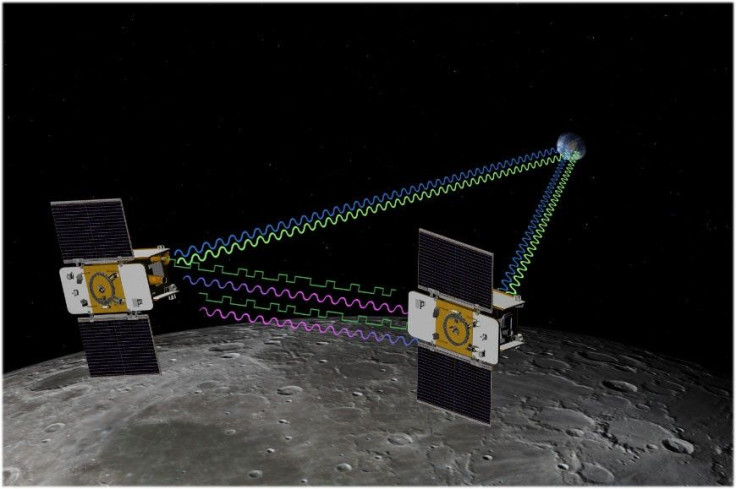NASA Twin GRAIL Spacecraft Launch Delayed Due to High Winds

NASA has put off the launch of its GRAIL mission, Gravity Recovery and Interior Laboratory, to moon Thursday morning as the upper level winds were in violation of the launch criteria.
The launch will now take place on Sept. 9. It will launch from Cape Canaveral Air Force Station's Launch Complex 17B aboard a United Launch Alliance Delta II heavy rocket. There are two instantaneous (one-second) launch windows at 8:33:25 a.m and 9:12:31 a.m. EDT. The launch period extends through Oct. 19.
Meanwhile, the forecast for Friday shows a 40 percent chance of favorable weather conditions for the launch.
The Gravity Recovery and Interior Laboratory mission (GRAIL) features twin spacecraft embarking on a challenging mission to map the Moon's gravity.
We will definitely wait to celebrate until both spacecraft are safe and are on their translunar cruise to the moon, Bruce Reid, the GRAIL mission manager for NASA's Launch Services Program.
According to Reid, launching two spacecraft increases the work for a single mission. Both spacecraft, he said, have to go through environmental checks. Both spacecrafts, GRAIL-A and GRAIL-B, will have their own dedicated teams. Both spacecraft will have to be individually powered up.
Although the twin spacecraft will be launched together, they will separate an hour into the flight and travel independently to the moon.
Once launched, the two washing-machine sized aircraft will embark on a long, tortuous three-and-a-half-month trip to the moon. The Saturn V rocket, which was used to carry NASA's Apollo astronauts, covered the 240,000 miles to the moon in just three days.
However, the small Delta II rocket used to boost the GRAIL twins will take longer but is more economical. The GRAIL spacecraft will travel more than 2 million miles to get to the moon. The twin probes will travel via the Sun-Earth Lagrange Point 1, a gravitationally stable spot between our planet and the sun. This route is energy-efficient and thus helps keep the $496 million mission's costs down, researchers said.
GRAIL's primary science objectives are to determine the structure of the lunar interior, from crust to core, and to advance understanding of the thermal evolution of the Moon.
Despite having 109 missions to the moon and having men walk on it, Earth's only satellite still has many secrets scientists want to discover. The moon's formation still baffles scientists and its far side is still largely unexplored.
Trying to understand how the moon formed, and how it evolved over its history, is one of the things we're trying to address with the GRAIL mission. But also, (we're) trying to understand how the moon is an example of how terrestrial planets in general have formed, Maria Zuber, principal investigator for GRAIL from the Massachusetts Institute of Technology, said in a statement.
The GRAIL mission will not only reveal information about the moon's thermal history, but how the inner, rocky planets formed as well. Mostly, however, it will be about the moon. As Zuber says, it will explore the moon from crust to core.
Both spacecraft will carry a set of cameras to the moon as part of MoonKam, a project headed by former astronaut Sally Ride. The cameras will offer middle-school students the chance to request photography of lunar targets for classroom study. This will mark the first time a NASA planetary mission has carried instruments expressly for an education and public outreach project.
© Copyright IBTimes 2024. All rights reserved.





















